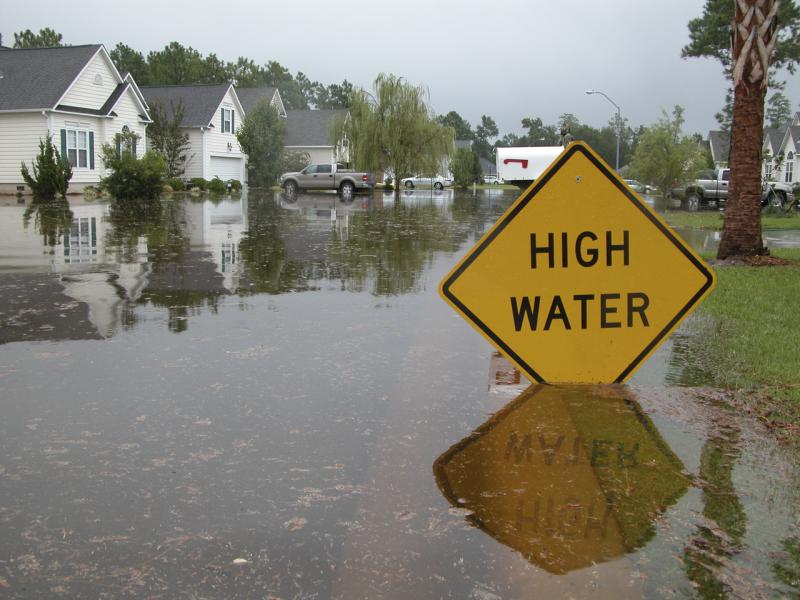Coastal communities can lower flood risk with natural infrastructure, such as restoring former floodplains.
Puget Sound salmon got a boost this summer from a redesigned levee in Pacific, WA. While local leaders were determined to reduce frequent flooding of neighborhoods and businesses, NOAA and partners provided expertise in habitat restoration, as well as a portion of the funding. The results? King County improved resilience to flooding along the unpredictable river, and restored much-needed salmon habitat in the process.
The White River Chinook are among the local fish listed as Threatened. Decades of degraded habitat and overfishing have diminished wild salmon numbers. Since salmon need specific conditions for successful reproduction, habitat restoration is a critical priority. More off-channel habitat means the young fish are bigger and stronger when they head out to sea, thus more likely to make it home to their river for spawning.

Example of natural infrastructure: using engineered logjams on a 'bio-revetment' levee in Pacific, WA.
The old White River levee, built in 1914, ran along the narrow channel of the river, cutting off the floodplain. With today’s knowledge of nature-based infrastructure, project engineers are able to reduce flooding and benefit salmon. Young fish gained an additional 121 acres off-channel habitat, more than a mile of natural shoreline, and thousands of sheltered places to eat, rest and grow. Eighteen acres replanted with native flora reinforces a protective riparian border.
NOAA Fisheries is committed to conserving and protecting listed species like the Chinook. This is one of multiple projects funded under the Commencement Bay Natural Resources Damage Assessment settlement that resulted from NOAA’s joint effort cleaning up after a nearby hazardous waste release.
“NOAA and partners provided $4.8 million dollars toward protecting the community,” said NOAA technical monitor Jason Lehto. “But salmon and other wildlife get substantial benefit, too.”

White River overtopping old levee, restoring floodplain that was dry for 100 years.
In October, a sudden storm pushed the river up and over the old levee, which breached as planned. The excess water spread over reconnected lowlands without flooding any nearby property. With more unpredictable sea levels and weather ahead, communities are turning to nature -based infrastructure solutions to find solutions like the White River/Countyline levee. The neighborhood is safer, and the White River Chinook have one more edge against extinction.


